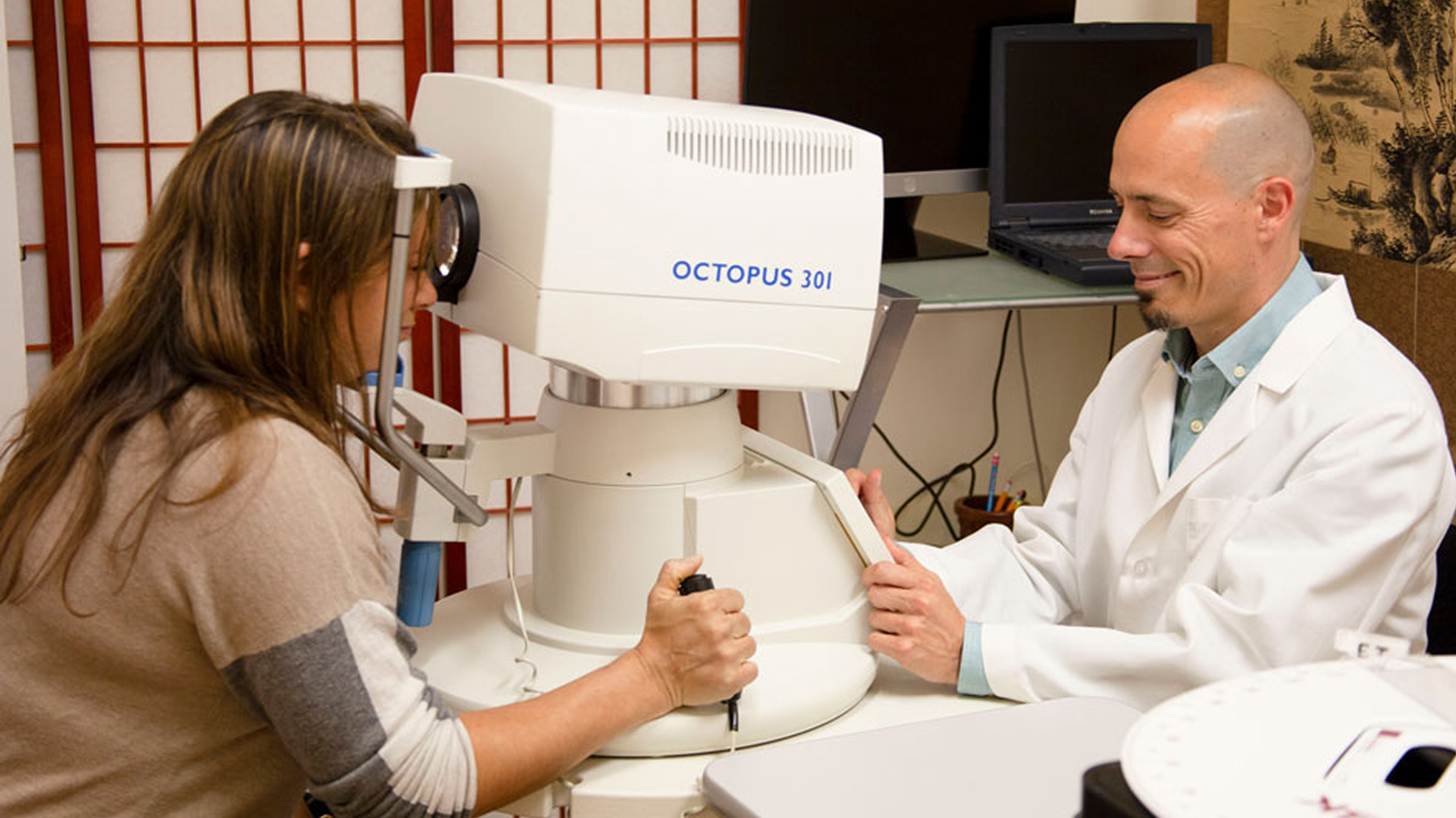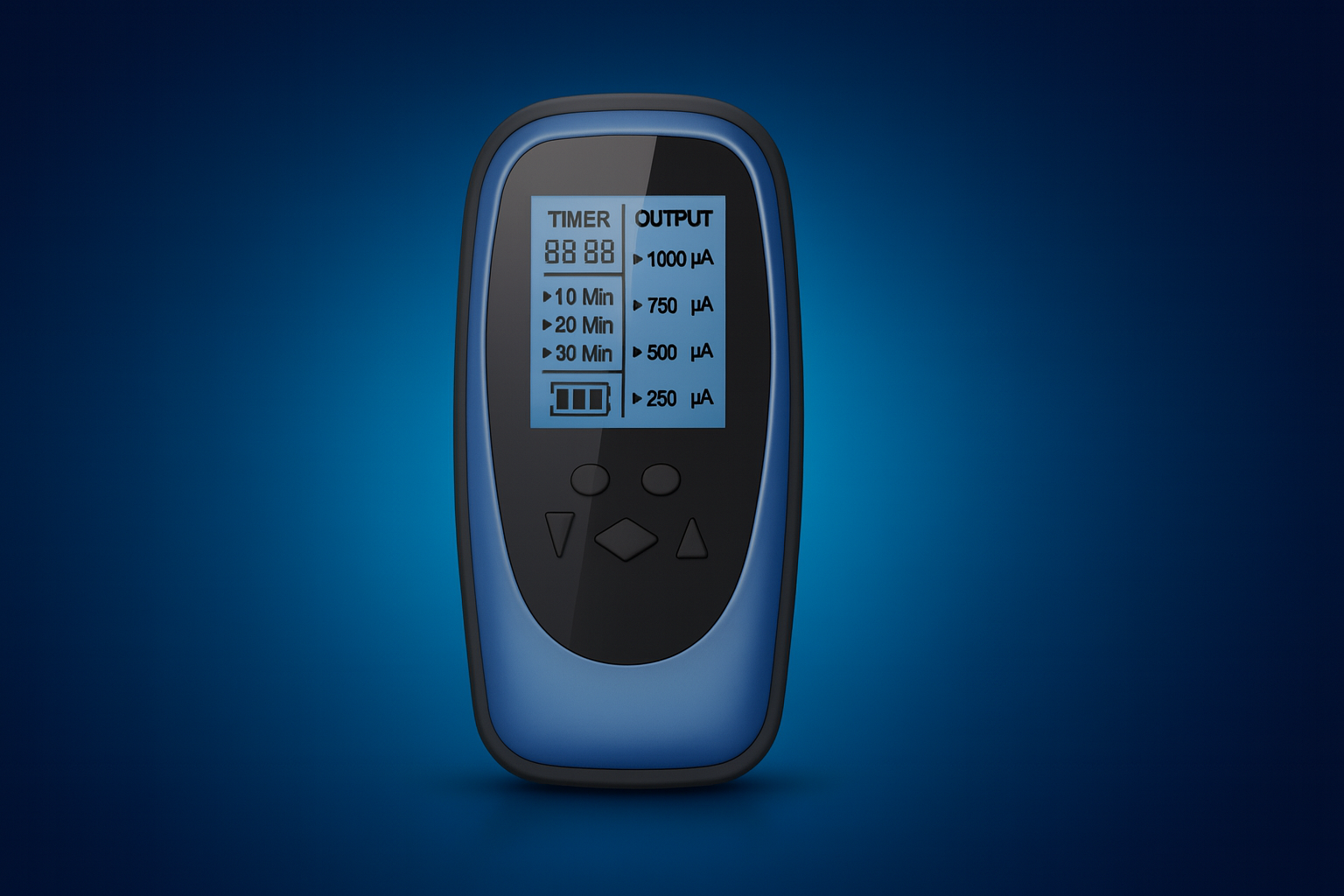Stargardt’s Disease and Retinitis Pigmentosa: What’s the Difference?
Stargardt’s disease and retinitis pigmentosa are often mentioned together because they share similar patterns of retinal degeneration. Both are classified as inherited retinal dystrophies, and both are frequently misunderstood as “purely genetic” with no treatment options.
Dr. Andy Rosenfarb challenges that belief, pointing out that autoimmune activity, inflammation, and environmental stressors are major drivers in both conditions, and that holistic care can slow progression and sometimes restore function.
What is Stargardt’s Disease?
Stargardt’s is sometimes called juvenile macular degeneration. It primarily affects the macula—the central part of the retina responsible for fine detail, reading, and recognizing faces.
Key symptoms include:
- Early onset central vision loss (often in childhood or adolescence)
- Difficulty reading or recognizing faces
- Color vision changes, especially distinguishing reds, greens, and browns
- Sensitivity to bright light
Unlike RP, night vision is often preserved early on, but the ability to see fine details deteriorates rapidly.
What is Retinitis Pigmentosa?
RP usually begins with rod cell degeneration, leading to:
- Night blindness
- Difficulty adapting to dark environments
- Gradual loss of peripheral vision (tunnel vision)
- Later involvement of central vision
As Dr. Rosenfarb explains, “Stargardt’s attacks the cone cells, RP attacks the rod cells—but both share the same autoimmune and inflammatory roots.”
Overlaps Between the Two Conditions
While different in onset and progression, both conditions involve:
- Accumulation of retinal waste that the body cannot clear
- Inflammatory and oxidative stress damaging retinal tissue
- Risk of developing cystoid macular edema (CME)
- Misclassification as “untreatable genetic disorders”
Both can also accelerate complications like cataracts or glaucoma. See: Cystoid Macular Edema in RP.
Causes: More Than Genetics
Conventional ophthalmology explains Stargardt’s and RP as genetic mutations. Dr. Rosenfarb emphasizes a deeper truth:
- Many patients are first-generation, with no family history.
- Genetic testing sometimes reveals no identifiable mutation.
- Environmental stress, infections, poor gut health, and toxins often trigger or accelerate gene expression.
This is why Dr. Rosenfarb teaches that both conditions are best understood as autoimmune-driven retinal degenerations.
Holistic Treatment Approaches
Ophthalmic Acupuncture
Stimulates retinal circulation, reduces inflammation, and supports nerve activity.
ACS-3000 Microstimulation
Provides gentle current to reactivate dormant retinal cells and improve signaling.
Functional Medicine
- Gut repair to reduce leaky gut and systemic inflammation
- Food allergy testing to remove dietary triggers
- Stress management to improve blood flow and oxygen delivery
Nutritional and Herbal Support
- Carotenoids (lutein, zeaxanthin, astaxanthin) for macular protection
- Omega-3 DHA for nerve repair and retinal resilience
- MSM eye drops for reducing toxic buildup
- CBD (Canovision) to modulate inflammation
Hyperbaric Oxygen Therapy
Supports the retina, the body’s most oxygen-hungry tissue, by delivering high oxygen levels to damaged cells.
Daily Habits That Help
Patients with both Stargardt’s and RP benefit from:
- Consistent exercise to improve circulation
- Protecting eyes from blue light and UV exposure
- Prioritizing quality sleep for cellular repair
- An alkalizing diet rich in greens and antioxidants
Related Reading
- Conditions Related to Retinitis Pigmentosa
- Natural Treatment Options for Retinitis Pigmentosa
- Best Supplements for Retinitis Pigmentosa
Next Steps
If you’ve been told you or your child has Stargardt’s or RP, don’t accept “there’s nothing you can do” as the final word. Holistic ophthalmology offers tools to reduce inflammation, preserve retinal function, and in some cases regain vision.
- Explore a Telehealth Vision Recovery consultation
- Apply for our In-Office Intensive Program
- Visit our supplement shop for targeted retinal support
Your vision is too valuable to wait and see. Start taking action now.
Treatment Solutions for
Choose the treatment approach that fits your life
Whether you prefer hands-on care, convenient telehealth visits, or self-guided learning, we have multiple ways to help you manage .

In-Office 2 Weeks to Better Vision
Combining acupuncture, laser therapy & diagnostics at Dr. Rosenfarb's office in New Jersey. 90% of patients see measurable vision improvements.
Learn more
One-on-One Telehealth Sessions
One-on-one virtual sessions with Dr. Rosenfarb. Get personalized assessment and custom treatment plan from home.
Learn more
At-Home 12-Week AcuVision Program
Dr. Rosenfarb's 12-week step-by-step system. Live Q&A, guided exercises, and comprehensive approach to vision recovery.
Learn more
Alternating Current Micro Stimulation (ACS)
At-home micro stimulation system developed by Dr. Rosenfarb. Clinically proven at-home therapy to reactivate dormant eye cells.
Get ACS-3000
Eye Health Supplements
Scientifically-formulated supplements chosen by Dr. Rosenfarb to nourish your eyes and support healthy vision recovery.
Get supplements
